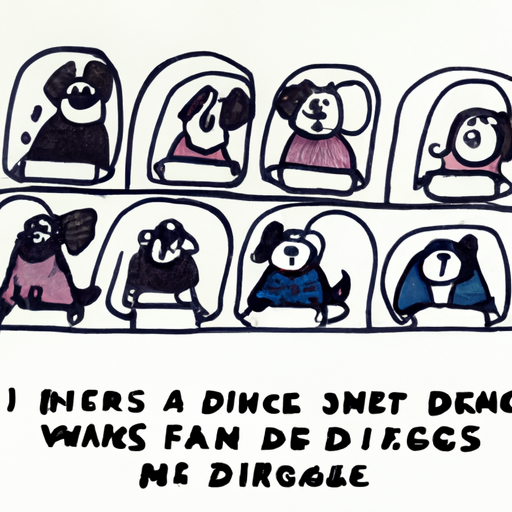Understanding Airline Policies
As a dedicated pet owner, you’re always looking to ensure the safety and comfort of your precious canine companion. When it comes to air travel, it’s crucial to understand that different airlines have distinct policies regarding the size of dogs that can fly in cabin. Most airlines allow dogs that can fit comfortably in a carrier under the seat in front of you. This typically means small dogs, often under 20 pounds. But remember, policies can vary widely, so it’s always best to check with your chosen airline before booking.
Factors Affecting Your Dog’s Comfort
While airline policies are important, your attention should also be on your dog’s comfort. Think about the following aspects:
- Size of the carrier: Make sure it’s spacious enough for your dog to turn around and lie down comfortably.
- Carrier ventilation: The carrier should have ample ventilation to ensure your dog doesn’t feel claustrophobic or overheated.
- Access to water: Some carriers come with attached water bowls. Hydration is key, especially for longer flights.
Breeds and Their Suitability for Cabin Travel
Different breeds of dogs have varied sizes and temperaments, which can impact their suitability for cabin travel. Here’s a simplified table to help:
| Breed | Average Weight (lbs) | Suitability for Cabin |
|---|---|---|
| Chihuahua | 3-6 | Highly Suitable |
| French Bulldog | 16-28 | Moderately Suitable |
| Beagle | 20-30 | Moderately Suitable |
| Border Collie | 30-45 | Less Suitable |
| German Shepherd | 50-90 | Not Suitable |
Please remember, every dog is unique and your pet may not align perfectly with these average weights or suitability ratings.
Preparing Your Dog for the Journey
The journey can be a new, unfamiliar experience for your dog. So, it’s important to prepare them well. Here’s how:
- Get your dog accustomed to the carrier before the flight. Make it a positive space with treats and toys.
- Consider a trial run with a short car journey.
- Consult your vet about your travel plans. They may suggest strategies or medication to help your dog stay calm during the flight.
The Takeaway
While it’s generally smaller dogs that are allowed in the cabin, you need to take into account multiple factors such as your dog’s temperament, the carrier size, and the specific airline policy. It’s all about ensuring your dog’s journey is as comfortable and stress-free as possible.
Frequently Asked Questions
Q: Can I take my dog out of the carrier during the flight?
A: No, airlines typically require that dogs remain in their carriers throughout the flight.
Q: What happens if my dog is too large for the cabin?
A: Larger dogs may need to travel in the cargo hold, but some airlines offer specialized pet travel services.
Q: Can I book an extra seat for my dog?
A: No, airlines do not allow dogs to occupy a seat. They must be stored under the seat in front of you.
Q: Are emotional support animals allowed in the cabin regardless of size?
A: Airlines have different policies. Some may allow larger emotional support animals in the cabin, but it’s best to check with the airline.
Q: How early should I arrive at the airport with my dog?
A: It’s recommended to arrive at least two hours before your flight to allow for any extra checks or paperwork.



